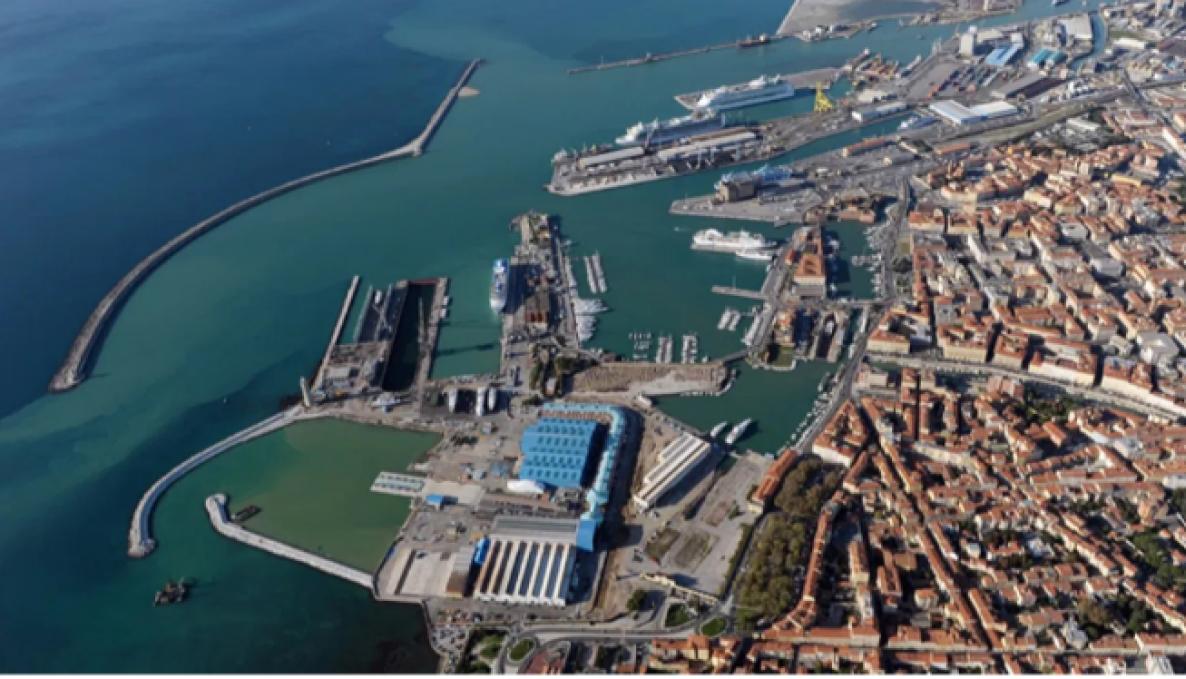Health and safety in ports: SAILPORT project results presented at final meeting on November 5, 2019

The BRiC – SAILPORT project final meeting will be held in Pisa on November 5 at the auditorium of Pisa CNR – Research Council area. Best practices on safety and health in ports, legal requirements and standards are based on relevant international laws and instruments adopted by the International Labour Organization, the International General provisions Maritime Organization and the International Organization for Standardization. The goal of the BRiC – SAILPORT project co-funded by INAIL (Italian National Association for Insurance in the workplace) is to improve safety and health of ports and workers at all levels.
Port-related safety issues were addressed in accordance with the code of practice, the risk assessment approach and in compliance with the occupational safety and health management systems. Air pollution, noise and vibration, poor posture, accidents, irregular-heavy-long-suspended loads handling and lifting, operational hazards, chemical and gases hazards, explosion hazards, and any potential environmental hazards can all affect the health of port workers.
Port authorities and employers promote sustainable development and apply environmental and personal protection policies to their operations and personnel, nevertheless, the complex interrelated nature of human factors, governance policies and the regulation implementation call for a more holistic perspective when facing port safety issues. Researchers from Sant’Anna School Perceptual Robotics PercRo Lab. in cooperation with representatives of INAIL DiMEILA, ASL port health authorities, ANGOPI (Associazione Nazionale Gruppi Ormeggiatori e Barcaioli Porti Italiani), ASSOPORTI and the Ente Bilaterale Nazionale Porti have addressed social, operational and environmental demands and challenges through tracking, computer vision, sensor and machine-learning technology.
Under the scientific supervision of Alessandro Filippeschi (PercRo Lab), researchers have examined port productivity and port safety as the key issues in the era of digital revolution and environmental sustainability. Results and major developments into three main digital transformations including Internet of Things (IoT), data analytics and 5G networks will be presented to make a comprehensive review and create comprehensive solutions to achieve continuous improvement of occupational safety and health.
With a strong focus on working conditions and risk analysis, the BRiC - SAILPORT project aims to encourage interaction with a broad range of expertise and improve safety risk management across the port and maritime sector. A combination of qualitative and quantitative risk assessments have been conducted to produce qualitative data and ascertain risk factors through questionnaires and mathematical models aimed to prevent accidents in a specific country or company. Research highlights how risk three main components - occurrence, vulnerability and exposure, can be defined mathematically within a wider context of port sector development and law compliance.



